Central American Beverages: Basic Overview
Common Ingredients
Common Preparing Methods
Drinking Etiquette
Influence and Fusion
Central American Beverages: Origin and Region
Cuisine
Culinary Region
Country’s Region
Classifications of Central American Beverages
-
Non-alcoholic Beverages
Have several non-alcoholic beverages that reflect its diverse culture and tropical climate.
Often use local ingredients such as fresh fruits, grains, and spices.
Common non-alcoholic beverages include creamy, rice-based drinks and nutrient-rich beverages made with fruits.
-
Alcoholic Beverages
Often feature local ingredients like sugarcane and maize.
Crafted using both traditional and modern methods.
Renowned for their high-quality rums.
Central America has a diverse beverage culture deeply rooted in its rich history and varied landscapes with countries like Belize, Costa Rica, El Salvador, Guatemala, Honduras, Nicaragua, and Panama.
Central American drinks are a part of drinks in the Americas. The region offers a delightful mix of alcoholic and non-alcoholic drinks made from locally sourced ingredients, such as tropical fruits, aromatic spices, and indigenous plants.
Whether you’re sampling traditional non-alcoholic concoctions or savoring locally brewed spirits, the beverage culture in Central America will surely impress you. So, let me introduce 16 popular beverages in this region, along with many insights.
Besides that, I’ll also show you some good pairings for dishes and drinks in Central America to ensure you can enjoy them at their best. Follow me and find out!
16 Most Famous Central American Beverages
Here are 16 renowned Central American beverages including both alcoholic and non-alcoholic options. Use the convenient filter function to quickly find your favorite drink.
Horchata
- Non-Alcoholic
- Traditional
Horchata is a traditional beverage in Central America, particularly popular in El Salvador, Guatemala, and Nicaragua. It’s also a famous drink choice in Spain.
Horchata includes a blend of ground rice, water, milk, cinnamon, and vanilla. Sometimes, it also includes ingredients like sesame seeds, almonds, or cocoa.
Overall, horchata has a sweet taste with a smooth and creamy texture. Its preparation and flavor can vary slightly by region, but it’s normally served chilled, making it ideal for hot days.
Rum
- Alcoholic
- National
- Traditional
Rum is a very popular spirit in Central America, famous for its light to medium-bodied character. Aged in whiskey barrels, the alcohol is made of sugarcane juice or molasses, which gives it a unique flavor.
Countries in Central America are famous for their exceptional rums. For example, Nicaragua with Flor de Caña, Guatemala with Ron Zacapa, Panama with Ron Abuelo, Costa Rica with Ron Centenario, and Belize with One Barrel Rum.
These rums are not only enjoyed locally but are also gaining popularity internationally. They are appreciated for their high quality.
Agua Fresca
- Non-Alcoholic
- Street Beverages
Agua fresca is a light, non-alcoholic beverage made by blending fresh fruits, water, and a touch of sweetener like sugar. Common fruits in agua fresca are watermelon, mango, pineapple, and cantaloupe. Some other components are cucumber, hibiscus, and herbs like mint and basil.
Agua de tamarindo (made with tamarind) and agua de limón (made with lime) are among the biggest hits. The mixture is typically strained to remove pulp, resulting in a smooth drink that is deliciously refreshing and healthy.
Plus, agua de jamaica is one of the most common varieties, which is a favorite drink in Mexico. Agua fresca’s preparation and ingredients can vary by region and personal preference. You can find this drink in large glass jugs at street vendors or prepare and enjoy agua fresca at home.
Chicha
- Alcoholic
- Traditional
Chicha is a renowned Central American beverage that can be fermented (alcoholic) or non-fermented (non-alcoholic). It is primarily a corn-based drink, though variations exist using fruits like pineapple or manioc roots.
In El Salvador, it’s an alcoholic concoction of maize, panela, and pineapple. The non-alcoholic version, Fresco de Chicha, skips the fermentation step but retains the classic ingredients.
In Honduras, Chicha is reserved for family gatherings, while in the Nicaraguan cities of Managua and Granada, you’ll find unfermented, ice-cold Chicha De Maiz. In regions like Guatemala, chicha is made from maize and is significant in social and ceremonial occasions.
Chicha in Panama is a fruit drink. In rural Panamanian areas, Chicha Fuerte refreshes the community after work parties (juntas) or enlivens the traditional dances (tamboritos). Chicha is also a traditional drink in South America, especially in Venezuela-style beverage list.
Agua de Sapo
- Non-Alcoholic
- Traditional
Agua de Sapo, also known as “frog water,” is a traditional Costa Rican beverage that originated in the coastal town of Puerto Limón. Made from tapa de dulce (unrefined sugar), fresh ginger, and lime juice, it has an orange color.
Agua de Sapo tastes like iced tea with a pronounced ginger note. The preparation involves boiling these ingredients and cooling the mixture before serving it over ice, making it especially popular in hot summers.
This drink is very famous in Costa Rica, particularly on the Caribbean side. It pairs well with traditional Costa Rican dishes such as gallo pinto (rice and beans) and casado (a typical meal featuring rice, beans, salad, and meat).
Agua de Jamaica
- Non-Alcoholic
- Traditional
Agua de Jamaica, or hibiscus tea, is a deep-red beverage widely popular in Central America. This refreshing drink is made by steeping dried hibiscus flowers in water with a tart and cranberry-like flavor.
Often sweetened with sugar and sometimes enhanced with a squeeze of lime, agua de jamaica is typically served chilled. Plus, in Panama, hibiscus tea is locally known as saril, made from the sepals of the roselle plant, and boiled with ginger and cloves.
Regarding its health benefits, agua de jamaica is rich in antioxidants, particularly anthocyanins. It’s believed to help lower blood pressure, support heart health, and aid digestion.
Pinolillo
- Non-Alcoholic
- Traditional
If you travel to Nicaragua, you should try pinolillo, a national drink that locals call Pinoleros. It’s also widely enjoyed across Central America.
Pinolillo is made from a blend of roasted cornmeal, cacao, and spices like cinnamon and cloves. Traditionally served in a dried gourd shell, pinolillo is a slightly gritty drink that is best enjoyed cold.
This is a nutrient-dense drink as cacao is known for its high antioxidant content, and cornmeal provides carbohydrates and essential nutrients.
Resbaladera
- Non-Alcoholic
- Traditional
Resbaladera is a creamy and aromatic drink from Costa Rica. This refreshment includes soaked barley, rice, milk, and water, sweetened with sugar, and often flavored with cinnamon, cloves, and vanilla.
The process involves cooking the rice and barley with spices, then pureeing and straining to get the smooth liquid served chilled with ice. Its preparation and ingredients make it somewhat similar to horchata.
Atol de Elote
- Non-Alcoholic
- Traditional
Atol de elote is a creamy, sweet drink crafted from fresh white corn, milk, sugar, and cinnamon. The drink’s origins trace back to pre-Columbian times; today, it’s particularly common in Guatemala, El Salvador, and Nicaragua.
The preparation involves blending the corn kernels with water to create a smooth mixture, which is then cooked with milk and sweetened. The resulting drink is thick and rich, which is best to enjoy warm.
Guaro
- Alcoholic
- National
- Traditional
Guaro is a liquor representing Costa Rica’s national alcoholic drink. Its production begins with distilling sugar cane juice and concludes with a liquor with an ABV of around 30% to 35%.
Due to its relatively lower alcohol content, it’s often labeled as a “soft vodka.” Commonly, the taste of guaro is slightly sweeter than other liquors, making it a pleasant sip.
Plus, guaro’s a budget-friendly choice, which locals enjoy either straight or mix it in cocktails. It can also be a chilled shot rimmed with salt and paired with a lime slice.
Besides Costa Rica, guaro is also famous in El Salvador, Ecuador, Guatemala, Nicaragua, Panama, Colombia, and Honduras.
Coffee
- Non-Alcoholic
- Traditional
Central American coffee is known for its medium-bodied brews with high acidity, a sweet, fruity kick, spicy hints, and a chocolatey finish.
Costa Rican coffee is rich due to its volcanic soil and favorable climate. As the first Central American nation to commercialize coffee cultivation, Costa Rica’s premium coffee is a valuable export.
El Salvador is celebrated for its Pacamara coffee, a blend of Pacas and Maragogype beans. This variety produces a full-bodied drink that isn’t overpoweringly heavy.
Guatemala is famous for its “elephant” bean, which is noted for its large size. Honduras, where coffee was introduced from El Salvador, produces brews with good acidity.
The best Nicaraguan coffee comes from Matagalpa, Jinotega, and Nuevo Segovia, located in the north and center of the country.
Café con Leche
- Non-Alcoholic
- Traditional
Café con leche is a popular coffee drink throughout Central America. This beverage consists of strong espresso mixed with an equal amount of hot milk, creating a smooth drink.
Traditionally, café con leche is served in the morning. In Central American countries like Costa Rica, Guatemala, and El Salvador, coffee breaks, or “cafecitos,” are essential parts of the day where friends and family gather to chat and enjoy this comforting beverage.
Macuá
- Alcoholic
- National
- Traditional
Macuá is a cocktail originating from Nicaragua and a national beverage of the country. Inspired by the vibrant colors of Pajaro Macuá, a tropical bird native to Nicaragua, the drink is a refreshing blend of white rum, guava juice, and lemon juice.
The mix is a creation of Dr. Edmundo Miranda Saenz, a pediatrician from Granada, Nicaragua. When served chilled with ice, it offers a refreshing balance that’s not overly sweet.
Fresco de Chan
- Non-Alcoholic
- Traditional
Fresco de chan is a traditional beverage in El Salvador, Costa Rica, and Guatemala. This drink combines lemonade with strawberry extract and chan seeds, aka chia seeds.
The seeds swell when soaked in water, creating a gel-like consistency. The lemonade, sweetened and flavored with strawberry extract, results in a bright ruby-red color. Fresco de chan is best served chilled, ideal for hot days.
In Costa Rica, Fresco de chan is a popular choice for its hydrating and light nature, often consumed as a healthy snack or alongside meals.
Ponche de Frutas
- Non-Alcoholic
- Traditional
Ponche de frutas is a traditional fruit punch from Guatemala. This festive drink is made by simmering a mixture of fresh and dried fruits such as apples, pineapple, raisins, prunes, and sometimes papaya.
The fruit is mixed with water, cinnamon, cloves, and sugar, then all ingredients are boiled until tender. Sometimes, locals add rum to enhance the flavor.
It’s often served hot, making it a comforting treat during the cooler months of November through January, particularly in the mountainous regions of Guatemala and other Central American countries.
Soft Drinks
- Non-Alcoholic
- Street Beverages
Soft drinks are a significant part of the beverage market in Central America, with brands like Coca-Cola, Pepsi, and Fanta enjoying widespread popularity.
According to Statista, Central America’s soft drink market is projected to grow by 6.23% annually from 2023 to 2027. Some ideal brands of soft drinks are Rosa de Jamaica from Guatemala, Tropical and Fresca from Costa Rica, Kolashanpan from El Salvador, and Salvavidas from Honduras.
In these countries. you’ll often find these soft drinks as common accompaniments to meals.
List of Central American Beverages by Country
What Are Suitable Pairings With Beverages in Central American Cuisine?
Let me suggest 4 ideal pairings of beverages and dishes from Central America to enhance your meal.
Horchata and Pupusas
This sweet, rice-based drink with hints of cinnamon pairs well with the savory flavors of pupusas.
Chicha and Tamales
This fermented corn drink is a perfect match for tamales, as both are traditional staples that highlight the earthy flavors of corn.
Gallo Pinto and Fresco de Chan
The drink made from lime and chia seeds complements the savory and heaty nature of this rice and bean dish.
Ceviche and Agua Fresca
This drink’s light, refreshing qualities can go with the fresh seafood mixture of ceviche.
Did you enjoy discovering Central American beverages? Like, share, and leave a comment on your top picks! Thank you!


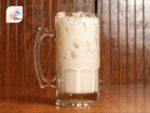
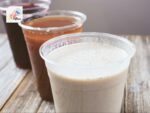
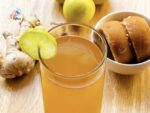

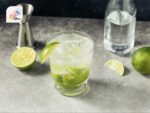
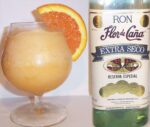
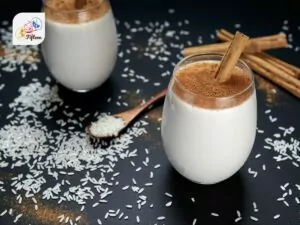
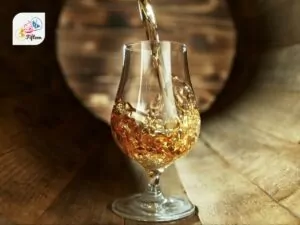
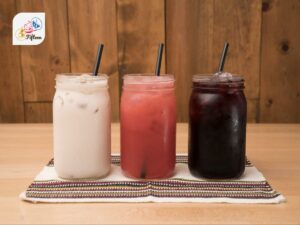
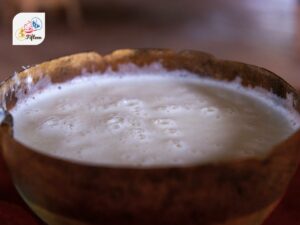
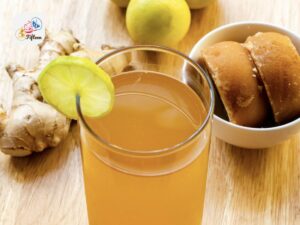
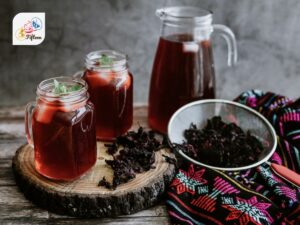
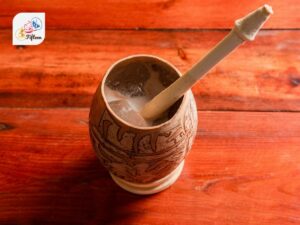
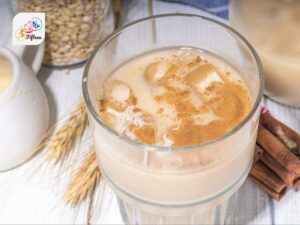
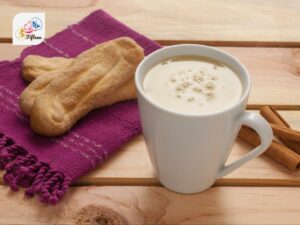
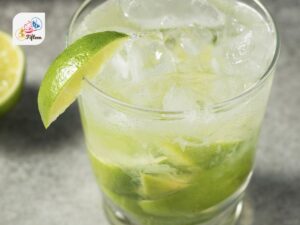


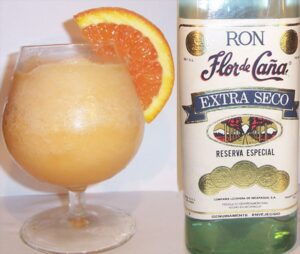
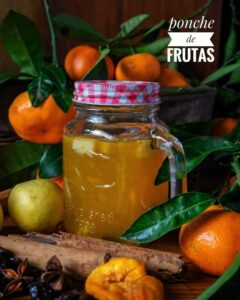
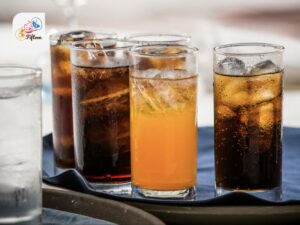
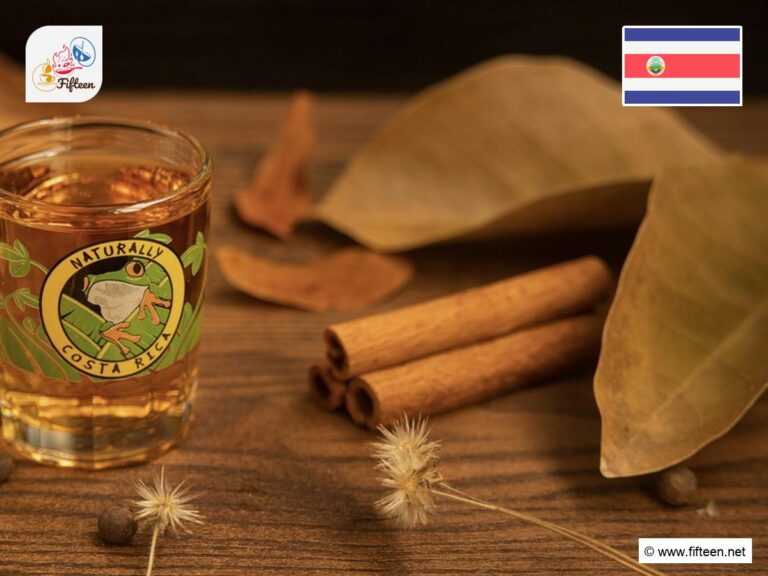
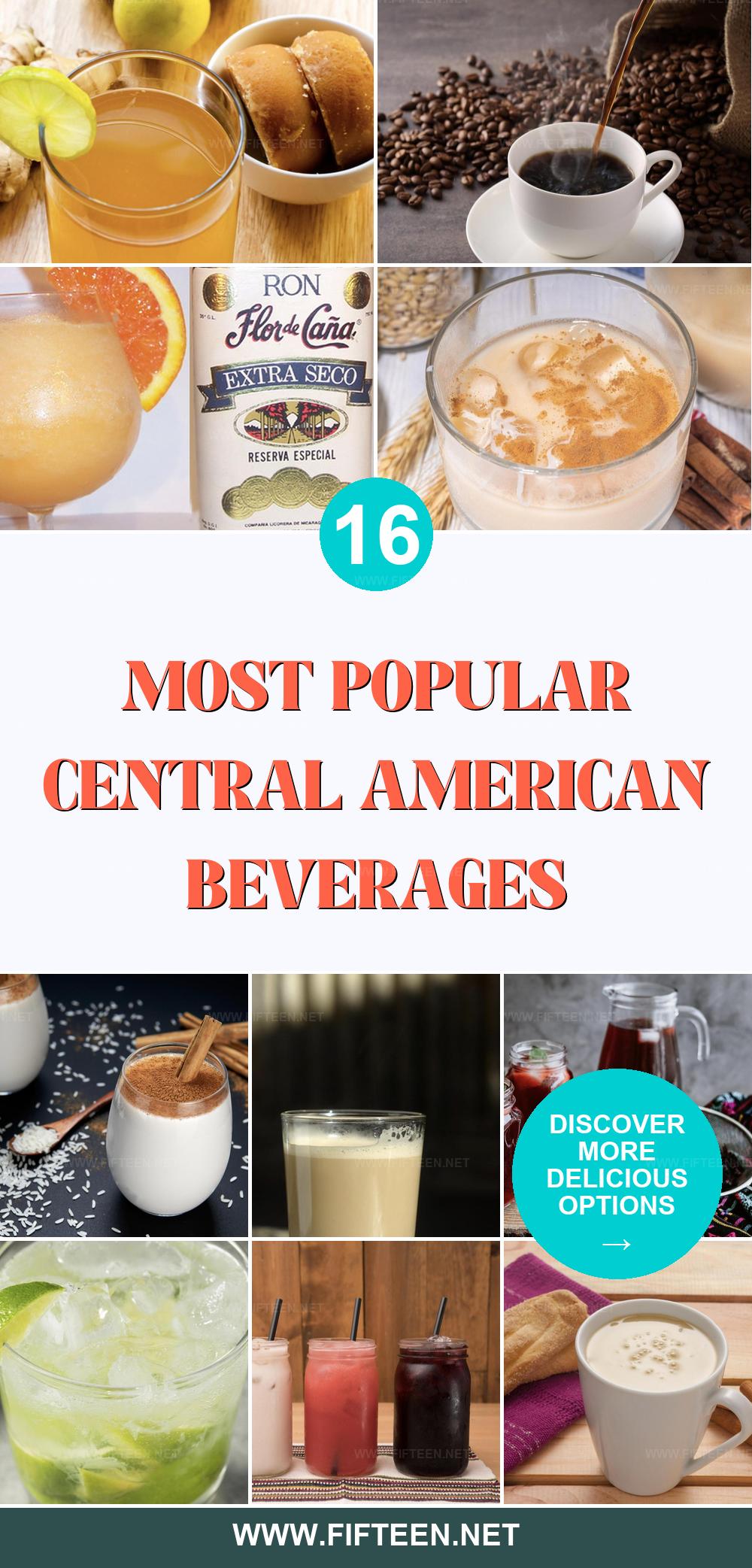
Jamie Scott
Editor in Chief, Senior Content Writer
Expertise
Home Cooking, Meal Planning, Recipe Development, Baking and Pastry, Food Editor, Cooking-video Maker, Western Food Evaluation Expert
Education
Le Cordon Bleu College of Culinary Arts
Local Community College, New York, NY
Jamie Scott is a skilled culinary expert and content creator specializing in Western cuisine. With over 15 years in the culinary field and formal training from Le Cordon Bleu, Paris, Jamie deeply understands how to blend nutrition with delicious flavors. His passion for cooking matches his commitment to making healthy eating accessible and enjoyable.
On Fifteen.net, Jamie brings a fresh perspective to classic dishes and beverages, offering readers insightful recipes, cooking tips, and a fresh view on meal planning that emphasizes taste, health, and simplicity.